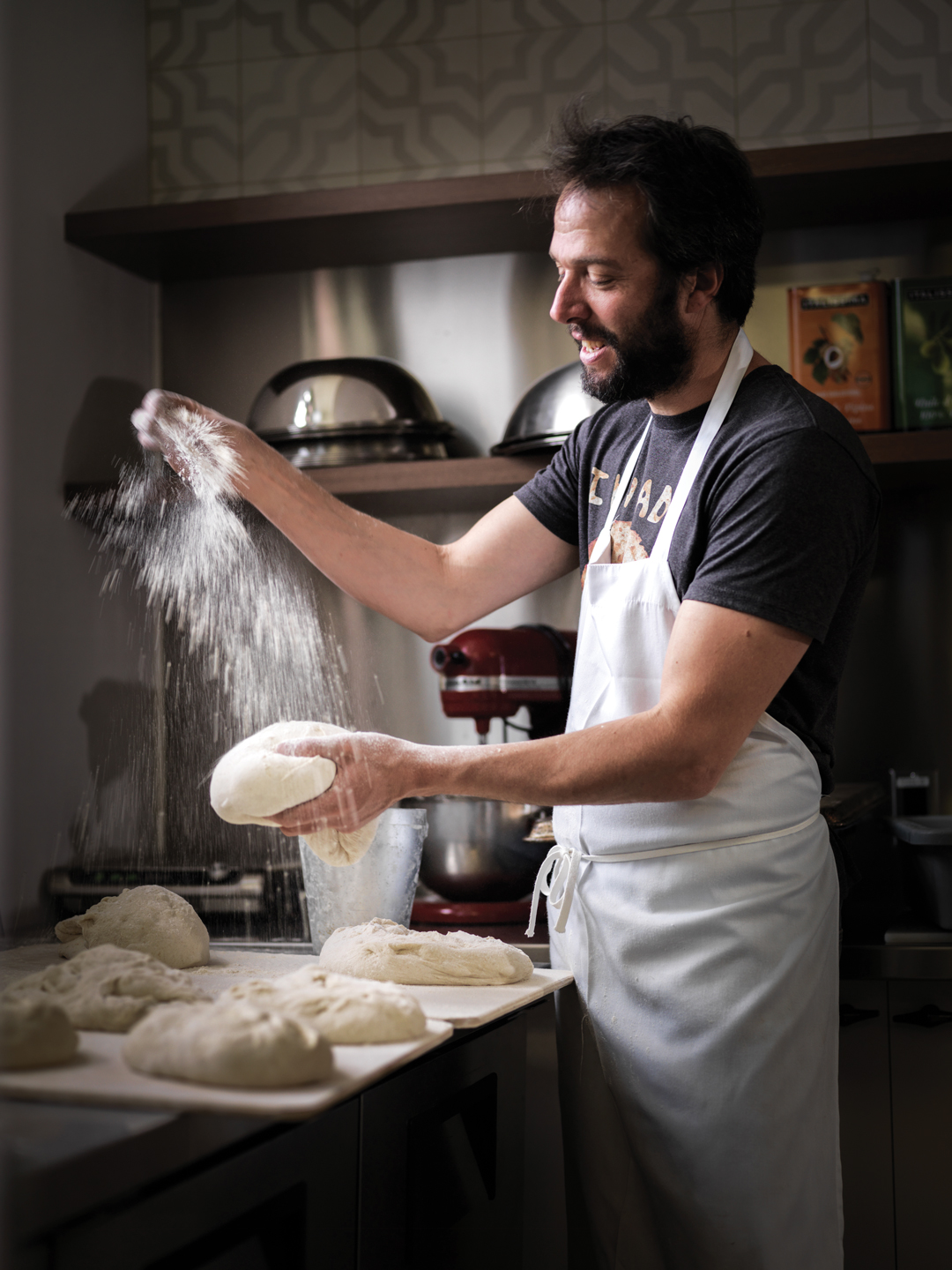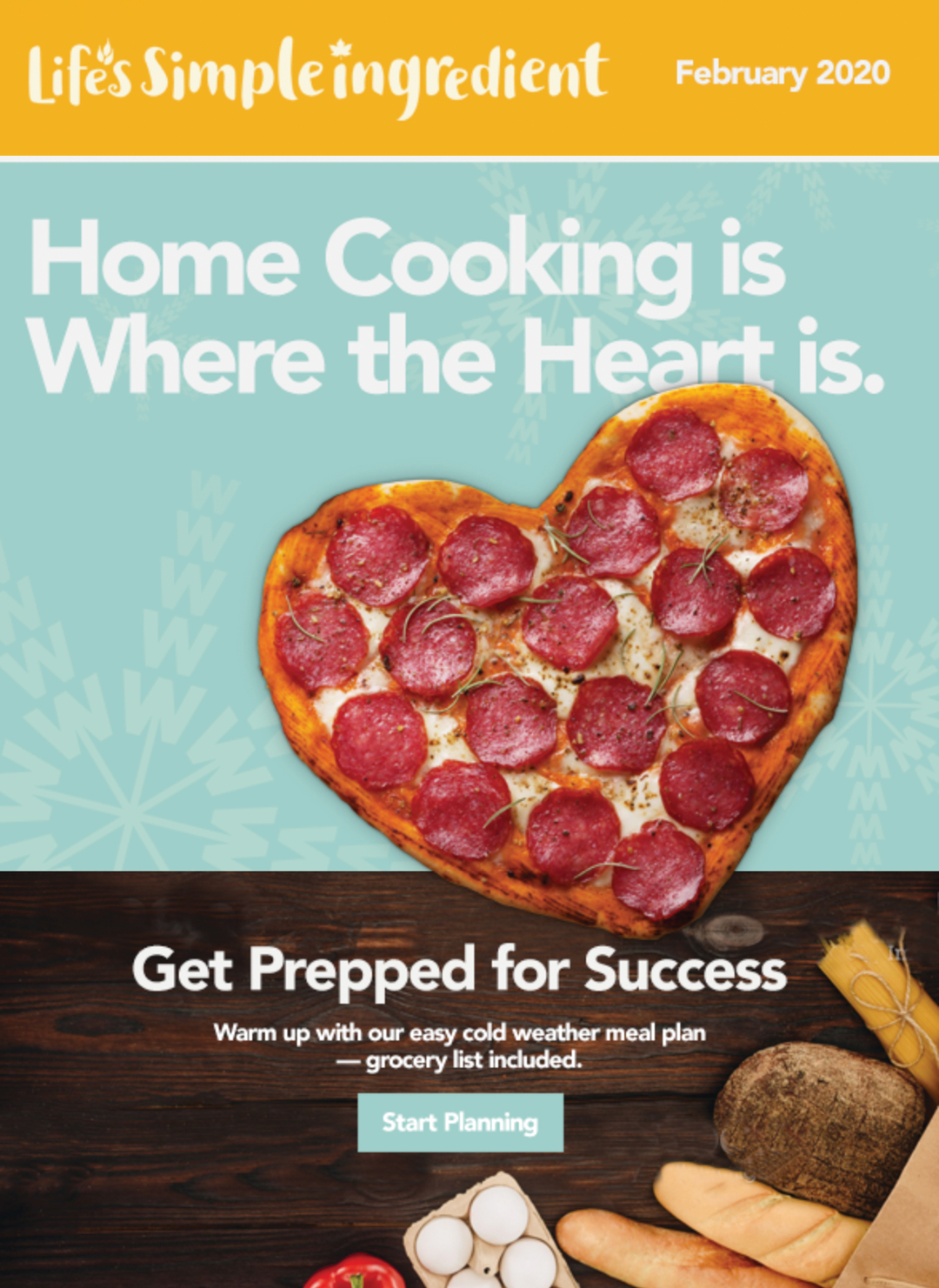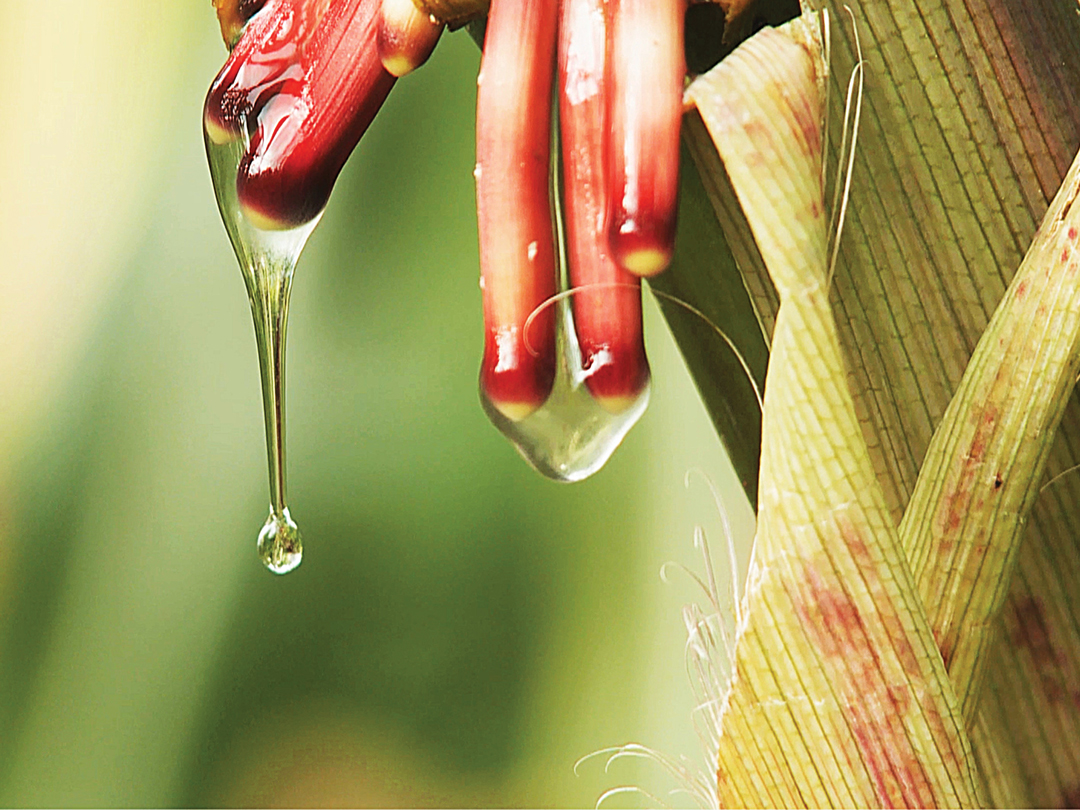ON THE RISE
MAKING YOUR OWN BREAD IS EASIER THAN YOU THINK
BY KARIN OLAFSON
Baking bread at home can be daunting for those who have never used live cultures before. But despite that—and the complex science of bread baking—the slow-food movement and the quality of bread made at artisan bakeries is inspiring more and more people to give it a try.
Aviv Fried, the owner of Calgary’s Sidewalk Citizen Bakery, understands the appeal of learning to bake bread at home. He even turned down a job as a financial analyst to join the simpler world of bread baking—a world in which he had zero experience. After months of travelling, working in bakeries and learning the craft, he had an excellent grasp of the process and was ready to strike out on his own. He started Sidewalk Citizen in 2008, and today his company is arguably one of the most recognized local bakeries in Calgary. There are now two Sidewalk Citizen locations, and Fried’s products are also sold at various markets, restaurants and cafes throughout the city.
Fried has led bread-baking classes for the last three years and has found that there’s been steady demand for the once-a-month classes ever since they launched. Fried said he believes the reason for this is similar to the reason he got started in the first place: more people want to eat healthy bread that tastes good.
“I think more people want to make sure that the food they’re eating is good for them,” said Fried. “And a good way to know what’s in your food is to make it yourself.”
In his classes, Fried gives students a step-by-step lesson that teaches them how to mix and knead dough, while also delving into the science of bread making.
For many, understanding the science can make baking bread at home a less intimidating experience. Nancy Ames, a cereal scientist with Agriculture and Agri-Food Canada, explained that wheat contains two unique proteins: gliadin and glutenin. “When wheat flour is mixed with water, they form an elastic complex known as gluten,” she said. “This gluten complex is the basis of the volume, texture and appearance of bread and other baked products.”
Ames added that when yeast is added to the water-and-flour mixture, fermentation occurs. The carbohydrates are broken down, and carbon dioxide gas forms and is trapped by the gluten matrix—that’s what makes your dough rise. Fermentation happens for the same reason when breads are made with a sourdough starter, which contains wild bacteria and yeasts from their environment.
It’s not just wheat that’s used to make bread. “Other cereal grains like oats, barley and rye are commonly used for baked products,” said Ames. “While rye grain flour does contain some gluten, breads made from rye flour are denser, with lower loaf volumes and firm crumb structure. The advantage to adding high-fibre cereal grains like oats, barley and rye to wheat bread is to improve its nutritional benefits.” Ames said that oat and barley flour can be used as fibre-enriching agents to improve bread’s soluble fibre content and even to reduce cholesterol.
If you’re looking to start making your own bread at home, you only need a few things to get started: the flour of your choice, warm water, salt and an active culture. After the ingredients are mixed together to form dough, fermentation and rising occurs. Once the dough rises, punch it down then pop it in the oven for fresh, wholesome bread at home.







Comments